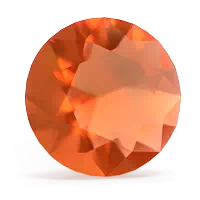

The celtic knot is an ancient symbol of the journey of life. With no beginning and no end, the knot represents the timeless nature of our spirits and the world we live in. A Fire Opal celtic knot combines these concepts with the spiritual attributes of the Fire Opal . Opal symbolizes confidence, clarity, and calmness and is said to promote faith in oneself and hope for the future. Wear an opal pendant to capture these qualities. The gem in a citrine pendant is considered a harmonious, optimistic, and cheerful stone with the ability to brighten up our hearts darkest places